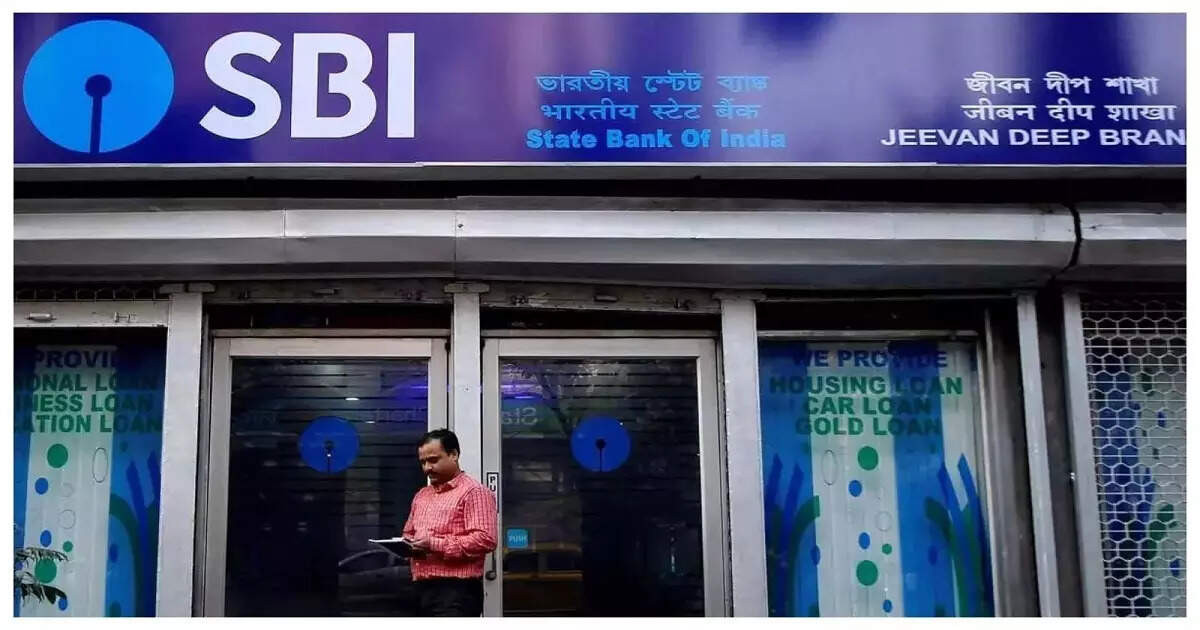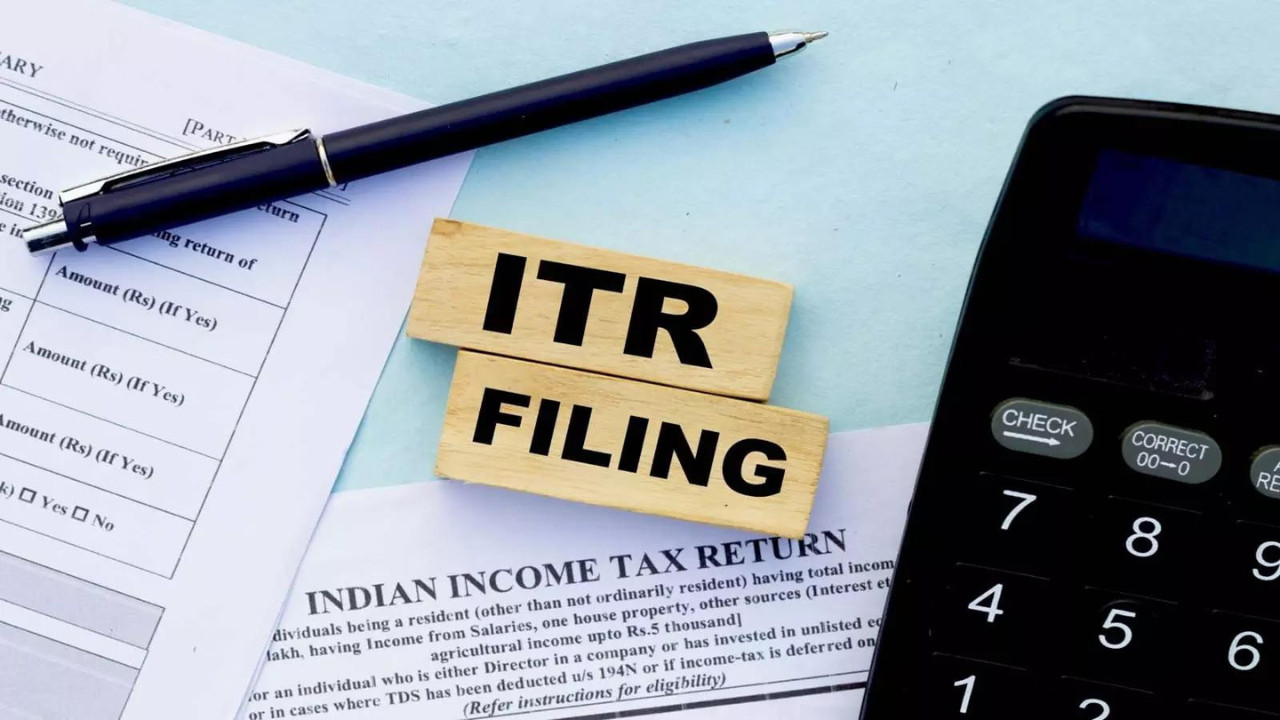SBI Slashes FD Rates Again: What This Means for Your Savings and Loans
For Indian consumers and investors, the financial landscape is constantly shifting. State Bank of India (SBI), the country’s largest lender, has once again adjusted its fixed deposit (FD) rates, sparking both concern among savers and potential hope for borrowers. This recent cut raises important questions about the current economic climate and how you should manage your finances. Let’s delve into the details of this change and what it signifies for you.
The Rate Cut: A Closer Look
SBI has announced a reduction in FD rates across various tenors, impacting a wide range of depositors. While the exact percentage decrease varies, the overall trend indicates a move towards lower interest payouts on fixed deposits. Specific details on the changed rates are avalible on the SBI website, but expect to see a slight decline in the return you can expect on your fixed deposit investments. This is the second such cut in recent months, signaling a persistent trend.
Why the Rate Reduction? Unpacking the Economic Drivers
So, why is SBI reducing FD rates? The answer lies in a complex interplay of economic factors. Here are a few key drivers:
* Easing Inflation: The Reserve Bank of India (RBI) has been actively working to control inflation. As inflation begins to cool down, the need for high interest rates to attract deposits diminishes. Lower inflation typically leads to a lower interest rate environment.
* Liquidity in the Banking System: Banks currently have ample liquidity in the system. This means they don’t need to aggressively compete for deposits by offering high interest rates. The current market liquidity conditions allow banks to lower deposit rates.
* Reduced Borrowing Costs: The RBI has also been adjusting its benchmark lending rates. When the RBI reduces these rates, it becomes cheaper for banks to borrow money. This, in turn, allows them to offer lower rates on loans and, consequently, lower rates on deposits.
Impact on Depositors: Navigating the Low-Interest Rate Environment
For individuals relying on fixed deposits for income, the rate cut is undoubtedly a cause for concern. Lower FD rates mean reduced returns on your investments. Therefore, it’s crucial to reassess your investment strategy.
* Consider Alternative Investment Options: Explore options beyond traditional fixed deposits. Mutual funds (particularly debt funds), corporate bonds, and even well-diversified equity investments could offer better returns, albeit with varying degrees of risk.
* Ladder Your FDs: Instead of investing a lump sum in a single FD, consider laddering your investments. This involves spreading your investments across FDs with different maturity dates. This way, you can reinvest at potentially higher rates when your older FDs mature.
* Long-Term vs. Short-Term: While short-term FDs may seem less attractive due to lower rates, they offer greater flexibility. Long-term FDs offer slightly higher returns but lock in your money for a longer period. Choose the option that best aligns with your financial goals and liquidity needs.
* Don’t Panic: Remember, reacting impulsively to market fluctuations can be detrimental. Consult with a financial advisor to develop a well-thought-out investment plan that aligns with your risk tolerance and financial goals.
Good News for Borrowers? Potential for Cheaper Loans
While depositors face challenges, the rate cut could bring some relief to borrowers. As banks lower their deposit rates, they may also reduce their lending rates, making loans more affordable.
* Lower EMIs: Existing borrowers might see a reduction in their equated monthly installments (EMIs) if their loans are linked to a benchmark rate like the MCLR (Marginal Cost of Funds Based Lending Rate).
* Cheaper Home Loans and Business Loans: New borrowers can expect to access home loans, personal loans, and business loans at potentially lower interest rates. This could stimulate economic activity and encourage investment.
* Review Your Existing Loans: If you have an existing loan, check with your bank to see if you can switch to a lower interest rate. Even a small reduction in your interest rate can save you a significant amount of money over the life of the loan.
The Road Ahead: What to Expect
The current trend suggests that interest rates are likely to remain relatively low in the near future. The RBI’s monetary policy decisions and the overall economic outlook will continue to influence interest rates. Staying informed about market trends and adapting your investment strategy accordingly is crucial to navigate the changing financial landscape successfully. This could allow you to make the most of your financial resources and maximize potential gains.
Disclaimer: This blog post is for informational purposes only and should not be considered financial advice. Consult with a qualified financial advisor before making any investment decisions. And SBI has been very secretive with the exact details of the new rates so please check their website.







